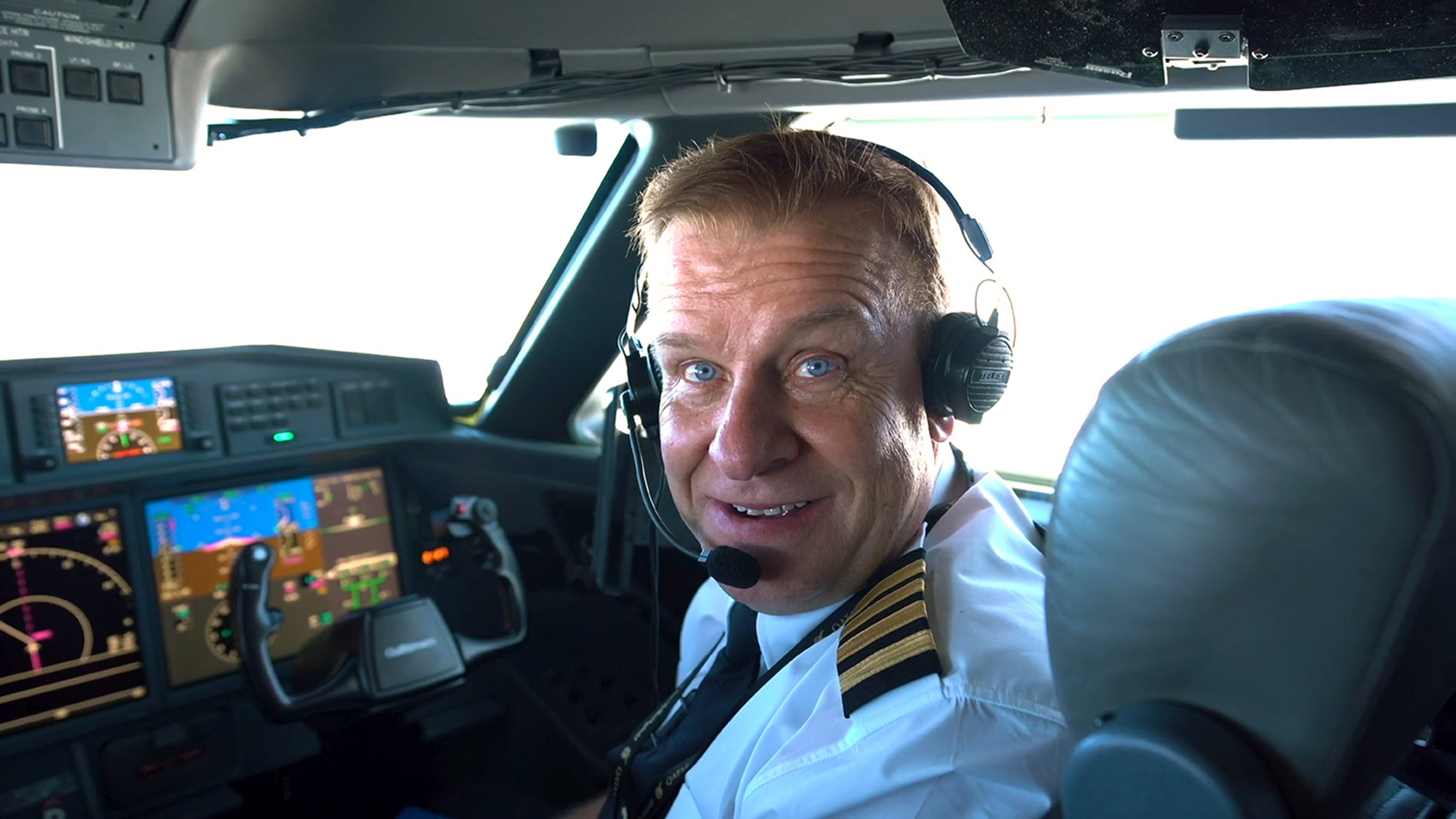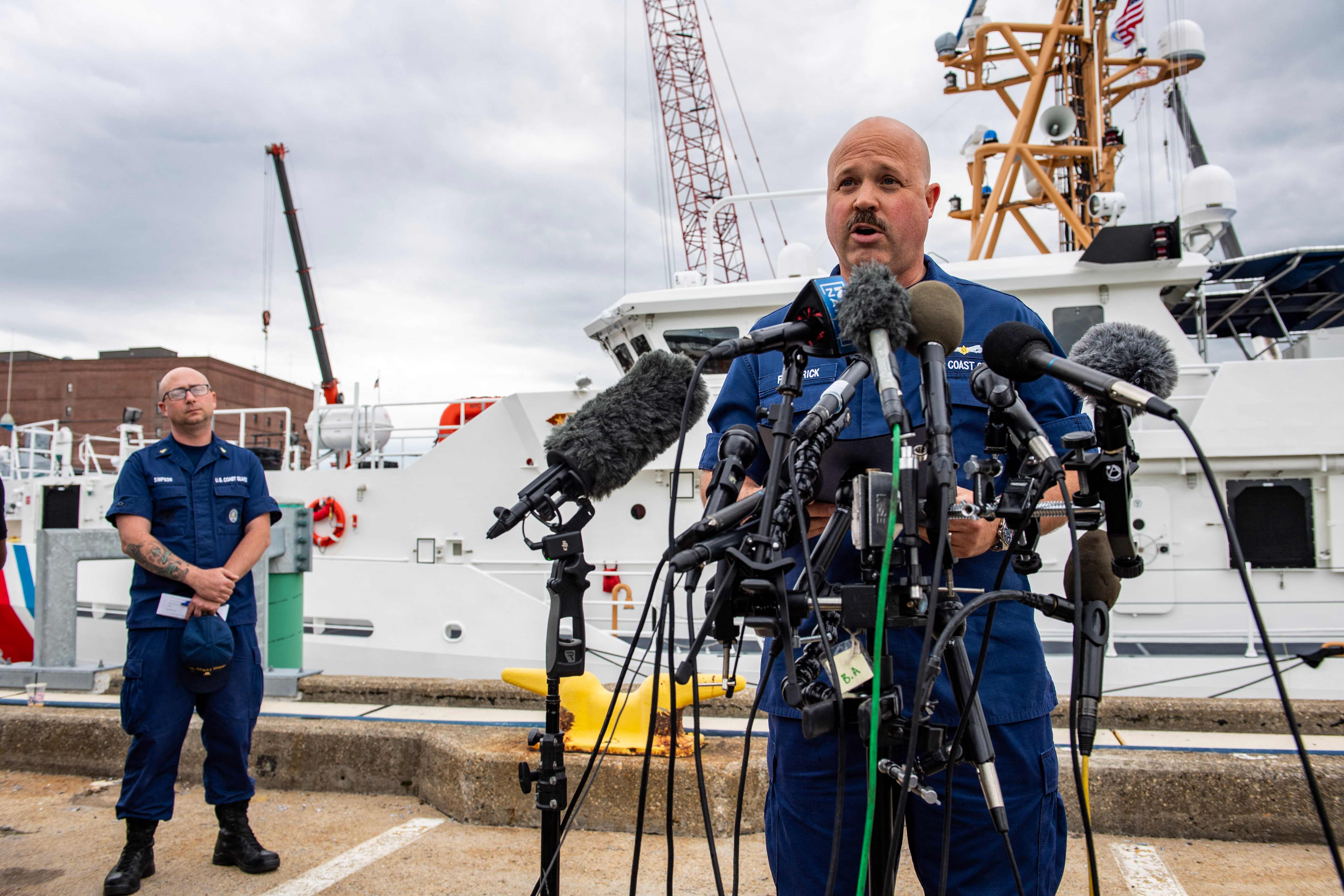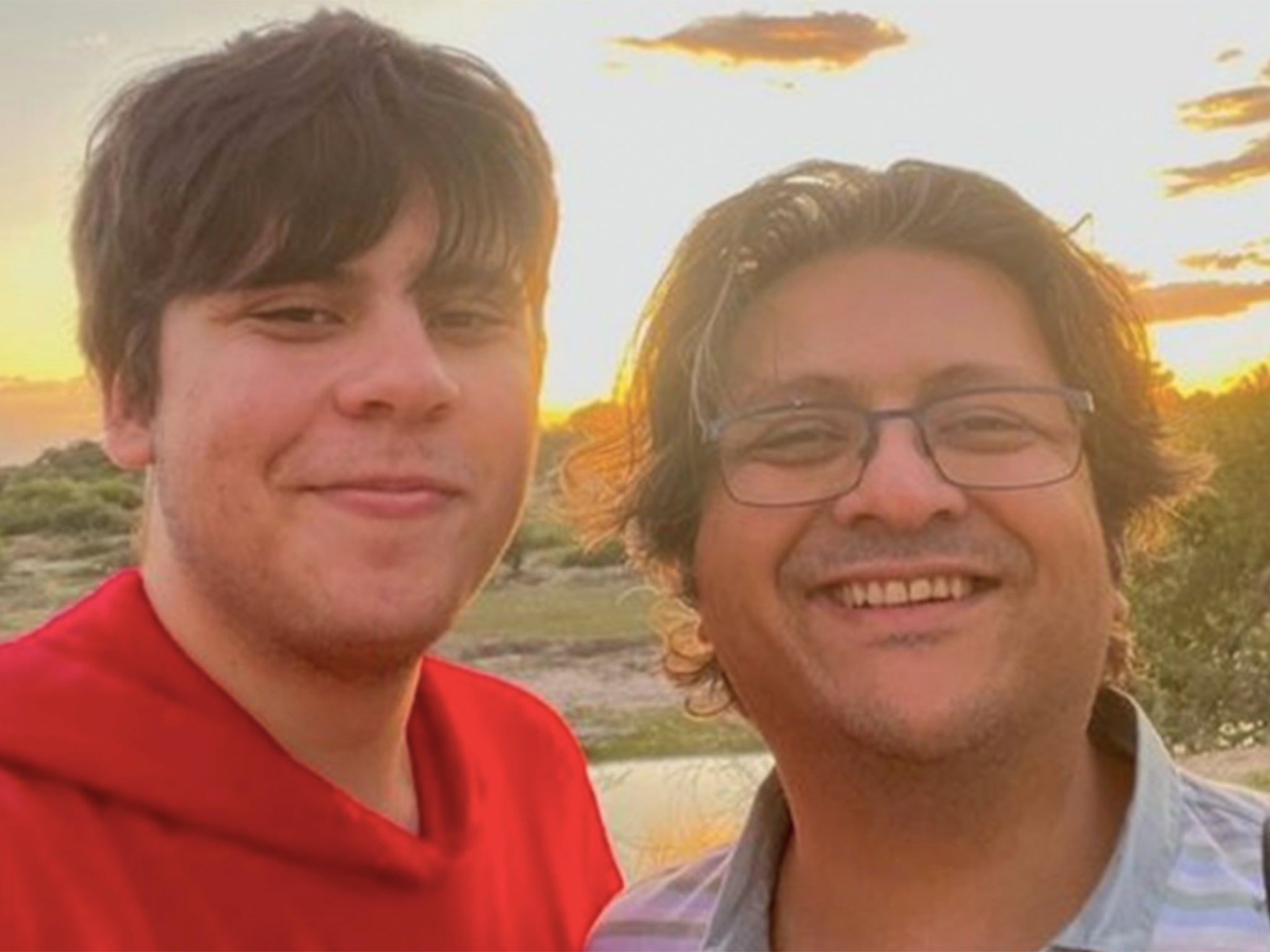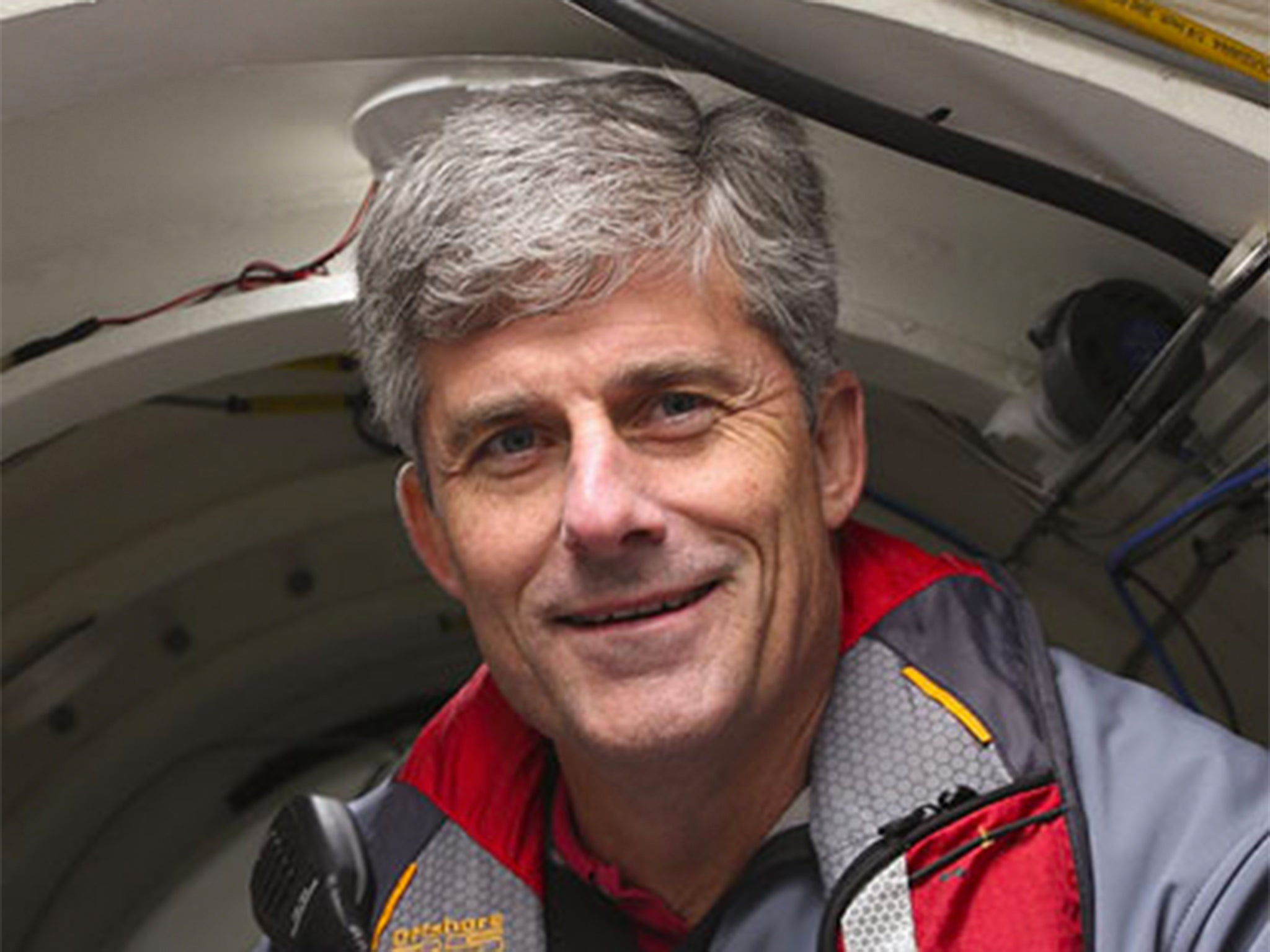Frantic search for Titanic submarine crew who have until 10am on Thursday before air runs out
Friend of missing Briton tells The Independent she fears those on board could already be dealing with hypothermia
The families of five people missing in a submarine that vanished near the wreck of the Titanic have been handed a grim deadline of 10am on Thursday for rescuers to find their lost loved ones alive in the depths of the Atlantic Ocean.
A frantic search for the OceanGate Expeditions submarine became an increasingly desperate race against time as it entered its second day on Tuesday, as officials said those on board would have already used more than half of their 96-hour oxygen supply.
Despite US, Canadian and French authorities having expanded what is the deepest undersea rescue operation in history to cover some 10,000 square miles of ocean, an adviser to the submarine firm warned that the extraordinary mission had been hampered by red tape, bureaucracy, and a lack of urgency on the part of US officials.

The identities of those thought to be on board the vessel – which lost contact just 105 minutes into its journey – were revealed to include British billionaire explorer Hamish Harding, renowned French diver Paul-Henri Nargeolet, and OceanGate founder Stockton Rush, along with Surrey-based businessman Shahzada Dawood and his son Sulaiman Dawood.
While some on board the five-person submersible have previously carried out dozens of dives to the wreck of the Titanic, which lies beyond the reach of light at 3,810 metres below sea level, in an eerie message prior to departure Mr Harding wrote on Saturday that this would likely “be the first and only manned mission” to the wreck this year because of “the worst winter in Newfoundland in 40 years”.
The tourist expedition, which costs $250,000 (£196,000) per person, set off on Sunday morning, with the 6.5 metre sub departing from its mother ship, the research icebreaker Polar Prince, around 900 miles east of Cape Cod, Massachusetts. It is supposed to transmit a signal back to the boat every 15 minutes.
Jannicke Mikkelsen, a close friend and mentee of Mr Harding, said she had been told by rescuers that they were working under the assumption that the “maximum life support is Thursday 22 June at 11.30am (BST)”. The US Coast Guard later estimated that “breathable air” may run out shortly after 10am UK time (5am ET).
Warning that most scenarios are “bleak for survival at this point”, Ms Mikkelsen also expressed fears that those on board could currently be dealing with hypothermia if the vessel has lost power.


The 37-year-old explorer told The Independent that her only hope of finding her friend – who has been into space, taken Buzz Aldrin to the South Pole, and holds three Guinness world records – lies in the possibility that the vessel has become stuck on something attached to the Titanic, such as a fishing net, enabling rescuers to locate and free it.
US Coast Guard captain Jamie Frederick told a press conference at 6pm UK time on Tuesday that a remotely operated underwater pipe-laying vessel had met with the Polar Prince and was undertaking a dive at the approximate position of the Titanic, with other private vessels preparing to join the search.
A full descent to the Titanic and return to the surface is reported typically to take eight hours on the manned submarine, which began its dive at 9am local time on Sunday and was due to resurface at 6.10pm. While it lost contact prior to midday, the Polar Prince’s owner said authorities were not alerted until 6.35pm.
Questioned by a BBC reporter who asked whether the apparent delay was concerning, Captain Frederick said: “As soon as we received the report on Sunday evening, we immediately launched search efforts. We flew assets that evening and we’ve continued constant surface and air asset searches since that point.”

A Canadian Boeing P-8 Poseidon reconnaissance aircraft and two US Lockheed C-130 Hercules aircraft are among the vehicles involved in the search, with Ottawa’s military also dropping sonar buoys and France pledging to dispatch a ship carrying an autonomous robot capable of descending to a depth of 6,000 metres.
But David Concannon, an explorer who pulled out of the expedition at the last minute, warned on Monday night that potentially critical equipment was sitting “on the tarmac” thousands of miles away on Guernsey in the Channel Islands, allegedly waiting for US government authorisation.
“We need to move. We do not have minutes or hours,” he told broadcaster NewsNation. “We have assets that are ready to go and they’re sitting and waiting.”


Downing Street said Rishi Sunak’s thoughts were with the families of those on board and that the Foreign Office was providing support, but said it was not aware of a request from Mr Harding’s family for help with the “unusual rescue operation”.
The expedition was OceanGate’s third annual voyage to chronicle the deterioration of the Titanic, whose wreckage was discovered in 1985, decades after it was sunk by an iceberg on its maiden voyage in 1912. Just 700 survived among the 2,200 on board.
Journalist David Pogue, who took part in a similar expedition last year, said the loss of communication suggested that either “they lost all power or the ship developed a hull breach and it imploded instantly”, telling CBC News: “Both of those [scenarios] are devastatingly hopeless.”
However, the sub has seven back-up systems that allow it to return to the surface, including one that is designed to work even if everyone on board is unconscious, Mr Pogue said.
Recalling his own expedition, the journalist told CBS: “There’s no GPS underwater, so the surface ship is supposed to guide the sub to the shipwreck by sending text messages ... But on this dive, communications somehow broke down. The sub never found the wreck.”
Join our commenting forum
Join thought-provoking conversations, follow other Independent readers and see their replies
Comments



Bookmark popover
Removed from bookmarks